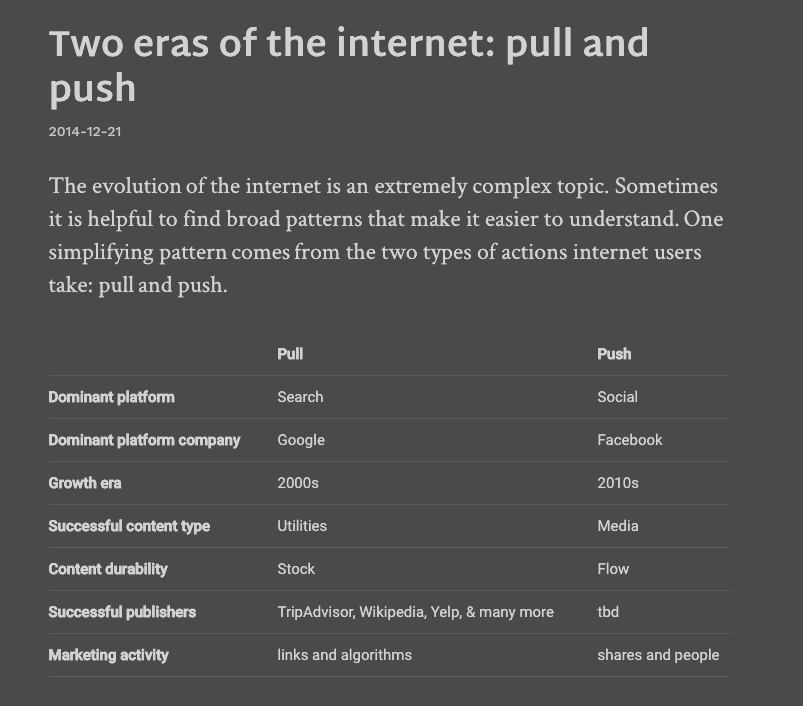Robin Sloan:
The classic poem Beowulf begins with the Old English word “hwæt,” which has proven tricky to translate; it’s a call to attention, something like “hark!” or “behold!”
Tolkien chose the musty “Lo!”
Seamus Heaney, in his translation published twenty years ago—the first Beowulf I encountered—brought it up to date, opening with a winning “So!”
Now, Maria Dahvana Headley, in a bracingly contemporary translation, does Heaney one better. Her Beowulf begins with—wait for it—“Bro!”
Beowulf always was a little bro-y, wasn’t it?
I love the way these translations speak to one another; neither Heaney nor Headley’s choices would be as appealing without the knowledge of what came before. Lo/So/Bro: a perfect progression.
Sloan’s commentary of casual Beowulf translation reminded me of John Gardner’s book Grendel. I read it for the first time last year and really enjoyed the rhapsodized re-telling of the Beowulf story from the point-of-view of the monster. Seems to me on the first reading to stand in the tradition of the unsettling groteesque characteristic of Flannery O’Connor.
After reading the book, I stumbled on some insightful commentary from Gardner in a letter he wrote to a group of young students. I appreciate when authors help readers understand their stories without nuetering the story.
